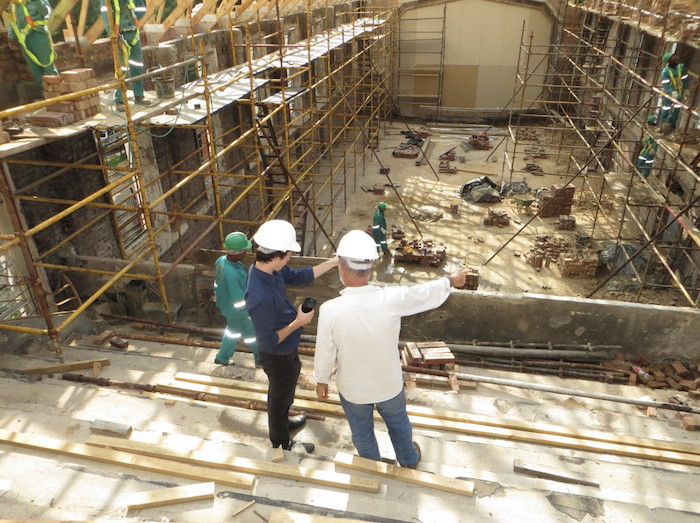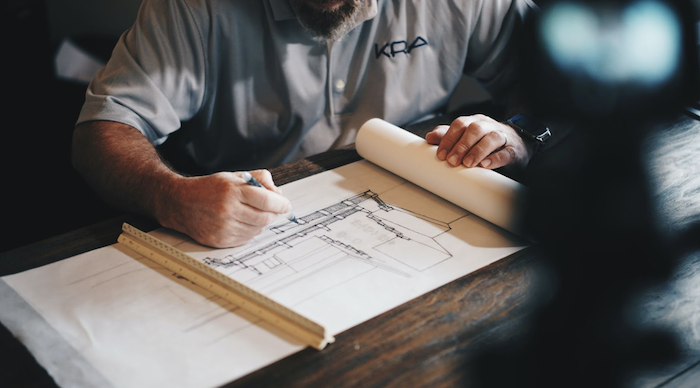No matter the industry, a lot of companies need a building. Whether it is a small storefront or a large warehouse, there are certain things that every commercial building will need to have. However, every building is also highly dependent on each business’s particular needs.
Though you won’t be able to know everything before building a commercial building, constructing a commercial building is a big undertaking, so there are a few important things to know before you get started.
Building Construction Types
The first thing before building a commercial building is to take a look at building construction types. There are several different options including concrete, metal, and fabric. Each of them has its own benefits and disadvantages depending on the industry.
Concrete buildings can withstand more environmental wear over time, while metal buildings are low on maintenance, and fabric buildings can be put up and taken down easily.
The agriculture industry works well with fabric buildings while manufacturing production facilities often go with metal buildings.
Current Metal Building Prices Vs. Other Materials
Pricing is important no matter which one of the building construction types is on your shortlist. After all, to even begin construction, you have to be able to finance or pay for it outright first. This means that a lot of your decisions are going to come down to budget.
Metal building prices are currently about average which is between $15-$25 per square foot. These can get expensive rather quickly if you need a large warehouse or barn for instance.
Fabric buildings are on the lower end as far as pricing goes, coming in as low as $6 per square foot. Though you may think fabric buildings don’t hold up, they are actually quite durable, making the low cost a definite perk.
Concrete buildings depend vastly on the size of the building, what is required structurally, and location. There is a lot of logistics that go into concrete buildings even more than with metal or fabric as it needs to be reinforced, light enough, the proper ratio of ingredients, and more. It also requires specialized equipment to build, so even though it can withstand almost any event, it can be quite expensive and complicated to build.

Maintenance Requirements
Maintenance requirements are definitely something to think about before you even pick your building material. After all, maintenance will be an ongoing expense even if the building itself was built with cash.
Luckily, fabric, metal, and concrete buildings are all low maintenance options, though the maintenance they each require is different.
With metal buildings, they should be inspected and cleaned once a year. For concrete, you’ll need to clean, inspect, and repair cracks as needed. However, fabric buildings require the least as the rain cleans them enough and any repairs are very rare and simple.
If you are looking for the commercial building with the least amount of needed upkeep, fabric or metal buildings should be your go-to depending on your industry.

Considering Drainage
Drainage is always a consideration when building a commercial building so you’ll want to ensure that it is on your list for research.
Not only will you need sanitary drains for the interior of a commercial building so that things can be clean and up to code, but you will also need to make a plan for exterior water drainage. If the land around your commercial building does not drain properly you’ll end up with water where you don’t want it.
Whether you use French drains, gutter drainage, or grading drainage, having proper places for the water to go prevents future mishaps. Which one you choose will likely depend on your land, so this is something important to consider before getting started on construction.

Customization Options
Before building a commercial building, it is important to know that you will have a lot of customization options.
Essentially, if you can dream it and you can afford it, then it is possible when building. The customization options run deeper than just colors and materials.
For instance, you need to choose everything from layout and dimensions down to the hinges you want on the interior doors. Of course, you will be choosing things as you go along, though there are some choices that will have to be decided before you even break ground.
Safety Preparations
With any commercial building, no matter how you choose to build it, you’ll need to think about and have a safety plan. You should plan for unlikely emergency events.
This includes fire precautions, carbon monoxide, lockdown procedures, chemical hazards, workplace injuries, and protection against inclement weather.
Some of the required safety measures include multiple fire escape routes, fire alarms and sprinklers, emergency eyewash stations, and structural protection against wind.



Responses